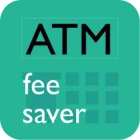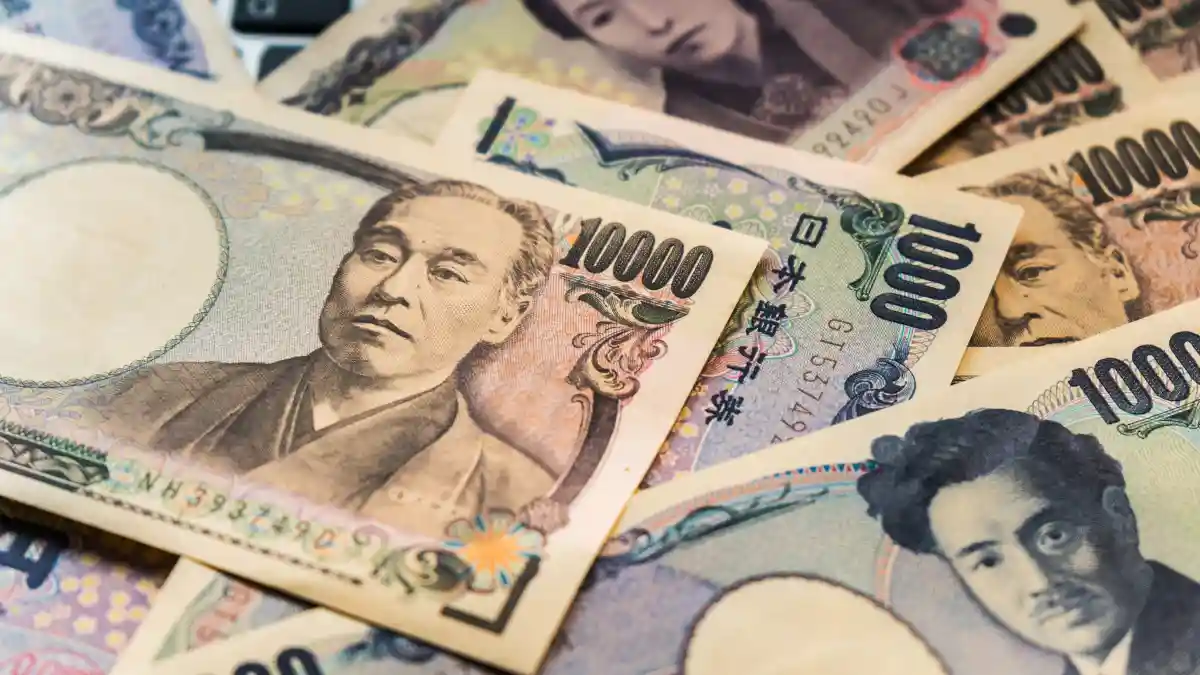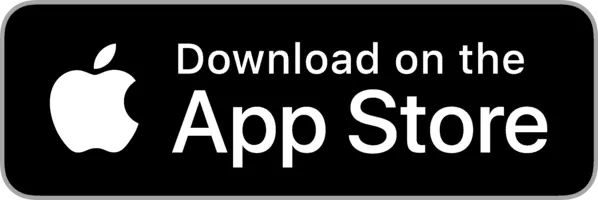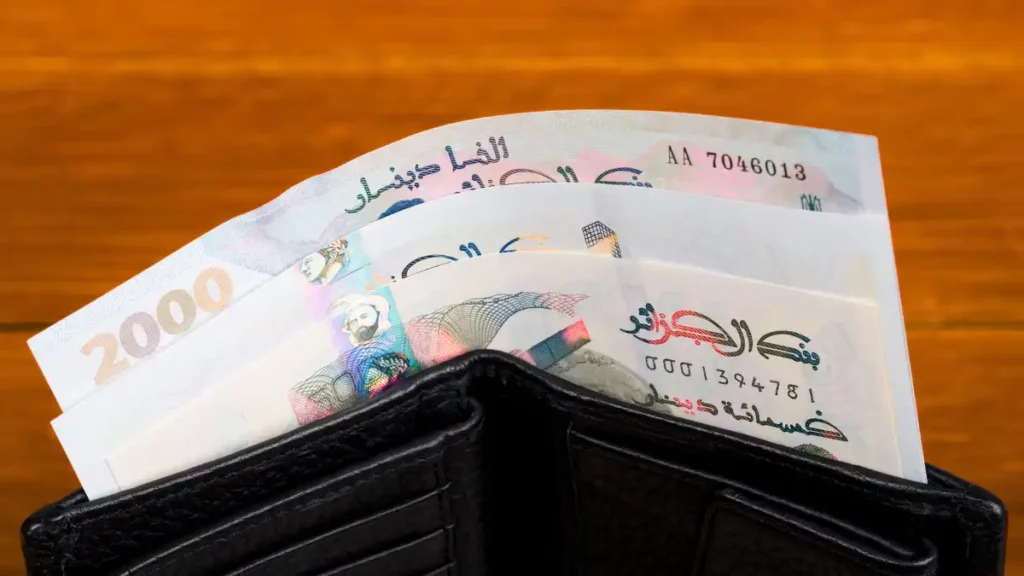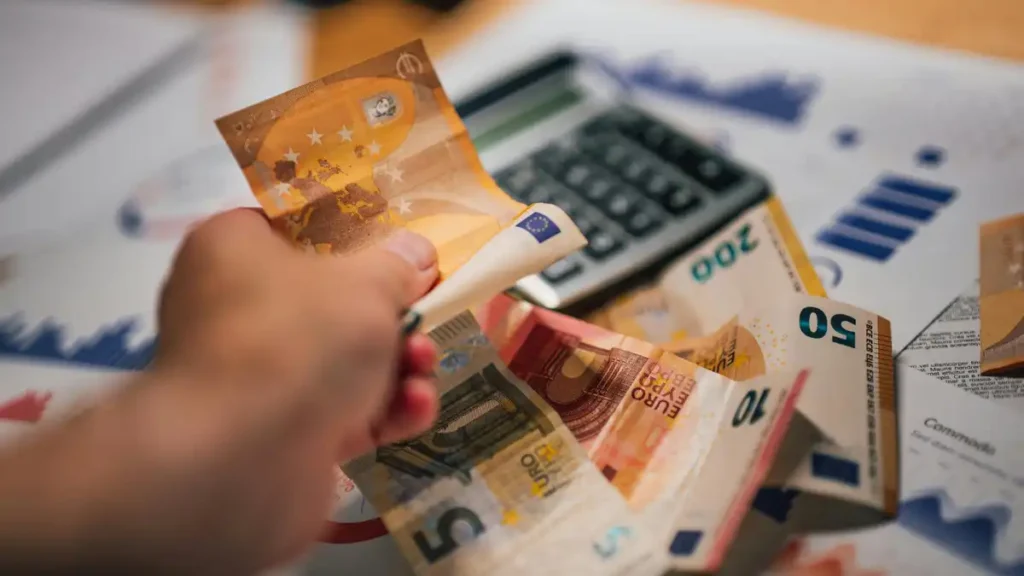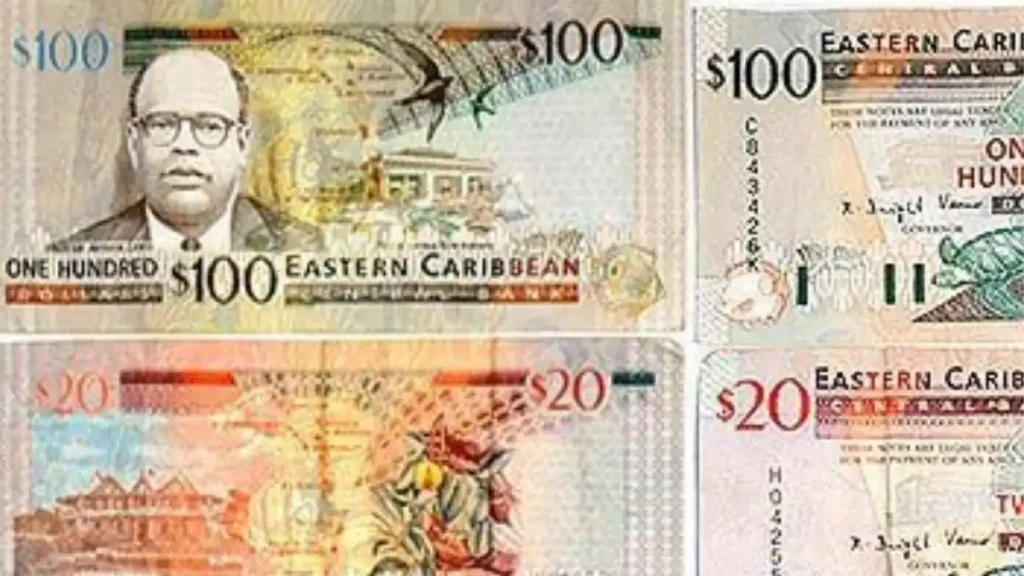Japan’s fusion of tradition and technology is legendary-but despite its high-tech reputation, cash is still king in many places. The Japanese Yen (JPY) is the official currency, and while card usage is growing, you’ll often need cash for transport cards, local eateries, shrines, and even some hotels. Not all ATMs accept foreign cards, and currency exchange booths vary widely in rates. This guide helps you handle currency in Japan smartly-where to get the best rates, how much cash to carry, and what to avoid so you’re never caught off guard.
How to pay in Japan – cash or card?
Japan is a country that embraces both cash and card payments, even though it is known for its technological advancements. Around 40-50% of transactions are still done in cash, but the use of credit and debit cards is on the rise, especially in big cities like Tokyo and Osaka.
You can use cash for:
- Budget hotels (some still only accept cash)
- Hostels (some smaller or older ones prefer cash)
- Local tour operators (especially rural guides)
- Tips and gratuities (though tipping is not customary; if done, it’s always in cash and in an envelope)
- Street food
- Small eateries / restaurants (especially in countryside or older establishments)
- Sit-down restaurants (especially family-run or ramen shops)
- Small purchases
- Local expenses at convenience stores, vending machines (many still accept cash)
- Local buses (in smaller towns)
- Local taxis (especially in remote areas)
- Mobile SIM and phone top-up (convenience stores)
- Laundry services (coin laundries)
- Nightlife / bars (many only take cash)
- Entry to smaller temples, shrines, or castles
You can use card for:
- 4 and 5 star hotels
- Large tour operators
- Shopping at malls and department stores (like Don Quijote, AEON)
- Entry fees to museums, theme parks, temples (larger ones)
- Local trains (including JR Pass, metro, and bullet trains like the Shinkansen)
- Airport transport (Narita Express, Haneda monorail, etc.)
- Sit-down restaurants (in cities and chains)
- Upscale restaurants
- Online bookings for upscale hotels, flights, tours
- Spas (onsen resorts often accept cards)
- Vehicle renting
- Emergency medical clinics / pharmacies (urban)
- Tailoring services (some accept cards)
- App-based taxis (S.RIDE, GO)
Japan remains semi-cash based. Cash (Japanese Yen – JPY) is essential in rural areas, older restaurants, and temples. But metro areas like Tokyo and Osaka are rapidly becoming card and IC card friendly.
What’s the best currency to take to Japan?
In Japan, the local currency is the Japanese Yen (JPY). They have notes in denominations of ¥1000, ¥2000, ¥5000, and ¥10000. Yen is also the main accepted currency.
When it comes to using foreign currencies, it’s not usually possible for establishments to accept currencies like US Dollars, Euros, or Pounds.
So, Japanese Yen is the best currency to take to Japan.
Where to get the local currency in Japan?
In Japan, you can get the local currency in 3 ways. These are:
ATMs, or
Currency exchange
Money transfer and local pick-up
Types of cards to swipe in Japan
Visa and Mastercard transactions are commonly accepted for swiping. You might also find some places that accept Amex and other cards, albeit less frequently.
Types of cards at ATMs in Japan
When withdrawing money in Japan, majority of the ATMs will accept Visa, Mastercard, Cirrus, Plus and Maestro cards. Some of them accept JCB, Unionpay, Amex, Diners, Discover cards.
Should I exchange money before travelling to Japan?
Yes, it’s advisable to bring some Japanese Yen (JPY) in cash before travelling, as Japan still has a strong cash culture, especially outside major cities. While international cards are becoming more widely accepted, many small shops, local restaurants, shrines, and rural areas still only accept cash.
ATMs in Japan are reliable, and the best options for foreign cards are found at 7-Eleven stores, Japan Post, and international airports. These ATMs accept Visa, Mastercard, Cirrus, Plus, and Maestro cards. Always check with your bank about foreign transaction and ATM withdrawal fees.
Currency exchange can also be done at airports, major banks, and dedicated exchange bureaus in cities like Tokyo, Osaka, and Kyoto. Rates at airport counters are reasonable in Japan, but better rates are often found in the city.
Bringing a mix of cards and cash is ideal. While Japan is modern and safe, relying solely on cards can lead to inconvenience, especially in rural areas.
Where to withdraw money in Japan
The best ATMs for foreigners to use in Japan are those owned by popular banks such as:
- Mizuho Bank
- Resona Bank
- Seven Bank
- Japan Post Bank
- Aeon Bank
There are plenty of other banks with ATMs that happily accept international debit and credit cards.
For a detailed guide, read Cash and ATMs in Japan.
Discover fee-free and low-fee ATMs on the ATM Fee Saver mobile app for iOS and Android. This app provides ATM PINs and details of leading bank ATMs such as ATM fees and withdrawal limits for foreign cardholders at ATMs in Japan. Moreover, its simple fee calculator helps you determine exact withdrawal charges. You can also find cash tips and tricks on the app for 160+ countries including Japan.
Download now from the App Store or Play Store.
Where to exchange currency in Japan
In Japan, you can exchange currency at authorised currency exchanges, banks, airports, and hotels, the most popular being authorised currency exchanges.
Japan has dedicated currency exchange counters in major cities and airports. While Japan is still partially cash-based, the infrastructure for foreign exchange is strong.
Notable locations with currency exchangers:
- Narita and Haneda Airports (Travelex, SMBC, Mizuho, Sakura)
- Tokyo and Osaka train stations (Shinjuku, Ueno, Namba, Kyoto station areas)
- Akihabara, Shibuya, and Dotonbori: Small kiosks and forex offices
- Notable currency exchanges are:
Travelex Japan
Sakura Exchange
World Currency Shop
Ninja Money Exchange
Exchange kiosks often have better rates than banks, especially in tourist-heavy areas.
- Banks Offering Currency Exchange:
Mizuho Bank
SMBC
Japan Post Bank (available at many post offices)
Some banks require ID and may only exchange during weekdays.
💡 Tip: ATMs at 7-Eleven, Japan Post, and FamilyMart allow foreign cards and offer competitive exchange rates. Carry some yen in cash for rural areas, small eateries, and local buses.
Pro-tips:
Stay away from airport exchanges – Poor rates
Avoid the black market – Be wary of being conned.
Include fresh notes – If your notes are damaged or dirty, you can expect to pay more or less.
Is carrying money in Japan safe?
Yes, usually. Follow some tips on how to keep your cash safe while travelling in Japan:
Some safety tips for carrying cash while travelling in Japan are:
Carry only the cash you need.
Do not keep all the cash in one pocket or wallet.
Put some cash in a safety belt or fanny pack.
Do not flash your cash.
When paying, do not remove or display your entire cash.
Keep wallets preferably in front pockets.
Cross-wear your purses if possible.
Hold your purses, wallets and bags close and tight on crowded streets and in public trains and buses.
When withdrawing cash, keep the cash low while you count it so people around don’t see it.
If you’re dining alone, don’t leave your wallet / bag unattented while you go to the restroom.
If sitting outdoors in a restaurant, don’t leave your wallets / bags on the table.
Is it better to use debit or credit cards or pay by cash in Japan
Use a card if it is fee-free i.e. your bank does not charge any fees to swipe the card, when the merchant / POS also does not impose any extra charge to use a card, you need to use the insurance of the card, don’t want to block cash of large purchases and card’s swipe fees are lower than withdrawal fees.
Pay by cash by withdrawing cash from ATM or exchanging currency where – fees on ATM withdrawals are lesser than fees on swiping cards, you don’t want to leave any digital footprint of your expenses, it is convenient and easier to conduct transactions.
